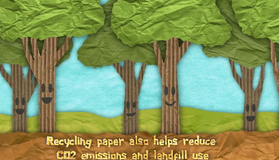Charcoal briquettes
The charcoal briquette wasinvented in 1893, but interest in it was slow burning, so to speak, until the1920s. That’s when automaker Henry Ford decided to recycle wood scraps fromcar-making into barbeque briquettes, Ford’s briquettes soon became a smokingsensation.
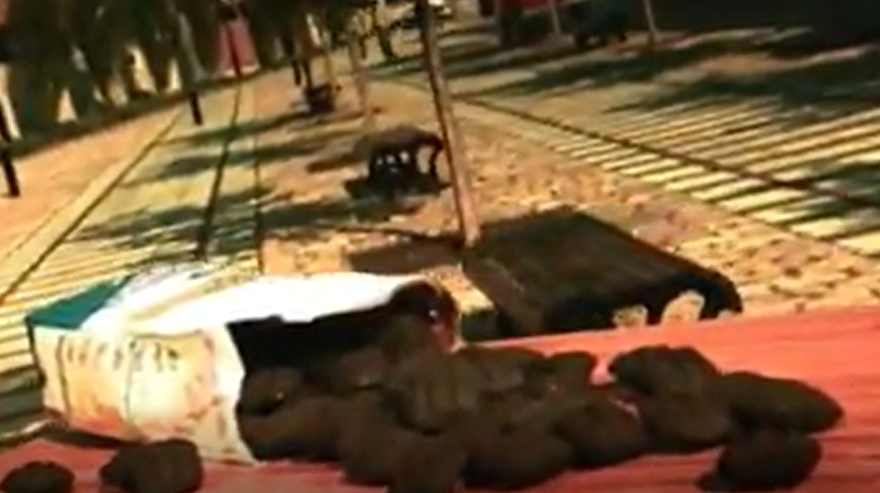
Barbequing with charcoal hasbecome immensely popular since Ford’s time, and every year, several milliontons of wood scraps are converted into high-quality charcoal briquettes. Today,charcoal briquettes production starts with sawdust and wood chips from lumber mills. A truck unloads it all into a pit. Bulldozers blend the material calledfuel to obtain a consistent and uniform end product.
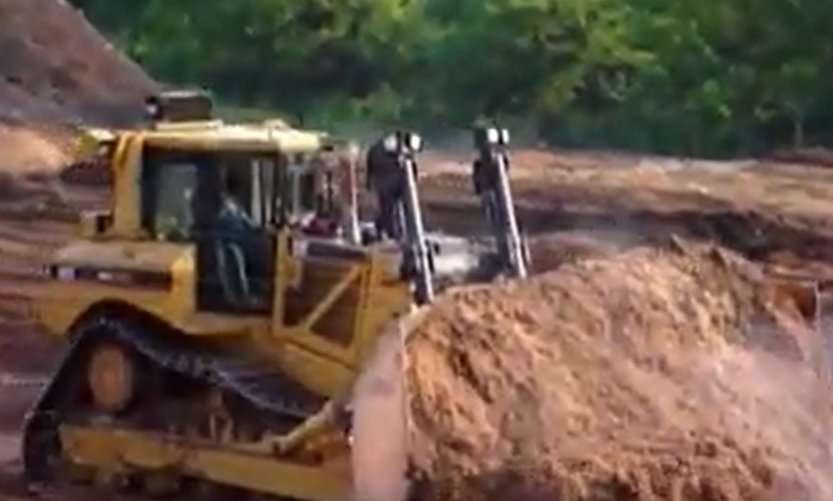
As the mix travels up a conveyer, an electromagnet removes any metal contaminates. The mix falls on to a vibratory screener, which sifts out the larger pieces of wood.
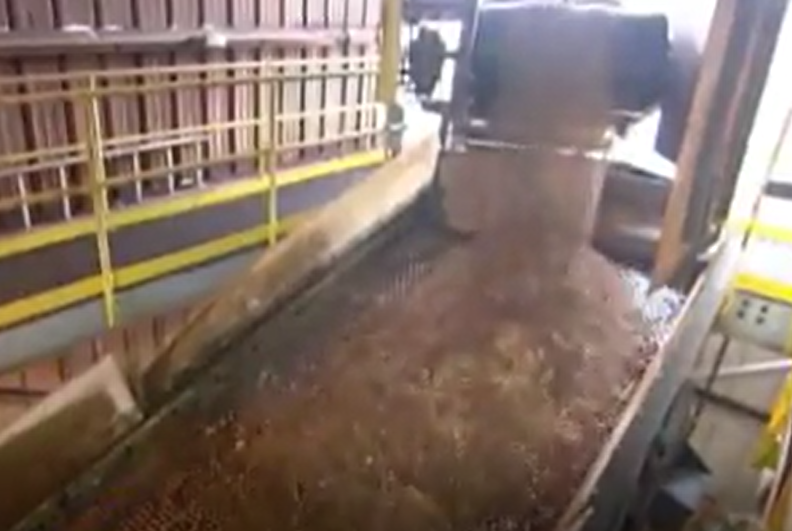
At this point the fuel is still very moist. To dry it, a worm screw draws the mix up into along, rotating dryer. The dryer heats the wood mix to a searing 760℃. The dryer is sealed to prevent the oxygen from leaking in. This allows the wood to dry without catching fire. After 4 minutes in the dryer, the moisture has been cooked out of the mix.
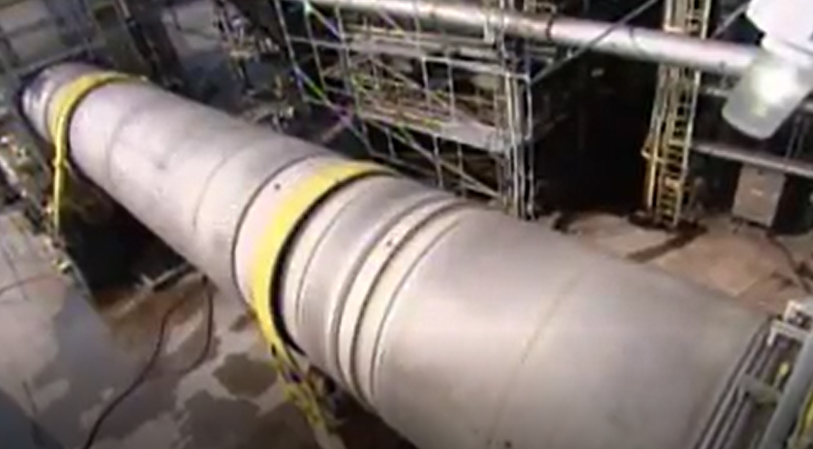
Workers add anthracite coal to the hopper, which mix in with the fuel. Anthracite coal is a coal that burns athigh temperature. Then they mix in lime. Lime makes the briquettes turn whiteafter they are ignited, a visual indication that they are ready to cook on. The mix, now blackened, passes under a second electromagnet, to remove any metal that could damage the downstream equipments.
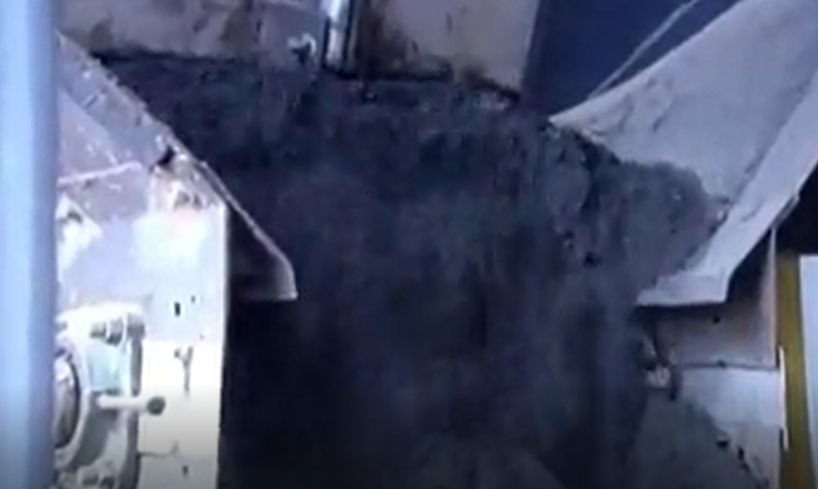
Finally workers blend in cornstarch, which binds the ingredients together. A worm screw supply the mixture to a press roll, a constant spray of water keeps the mixture from sticking to it.
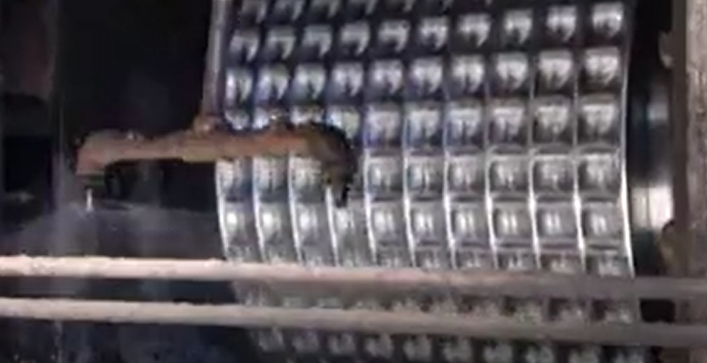
The press rolls compact the mixture into briquettes. This happens in afraction of a second. The briquettes contain 35% moisture and are very soft.
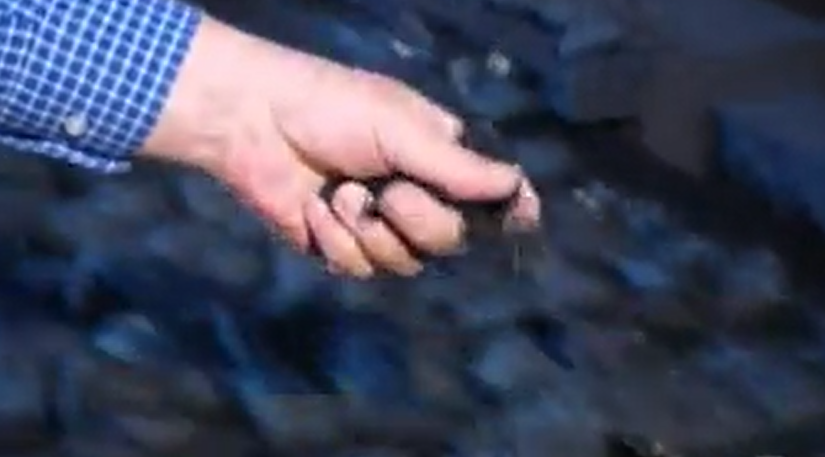
A screener shakes out the fine material from the briquettes, which is recycled back into the process. A sweep belt transports and distributes the briquettes in a 250-foot drying tunnel. They are heated to140℃ for two and half hours. This will reduce their moisture level from 35 to just 5%. The lower the moisture level, the better it burns.
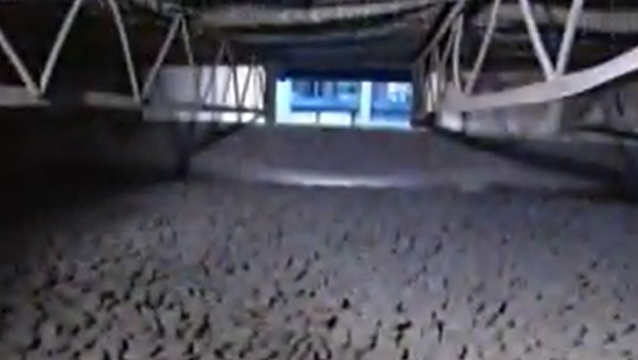
A conveyer transports thebriquettes to automatic scales that weigh them for packaging. Every portion isthe same, plus or minus one briquette. They release the briquettes, and the robots below move the bags into position to capture them. A sealing machine glue-seal the bags, then prints production date and shift code on each one.
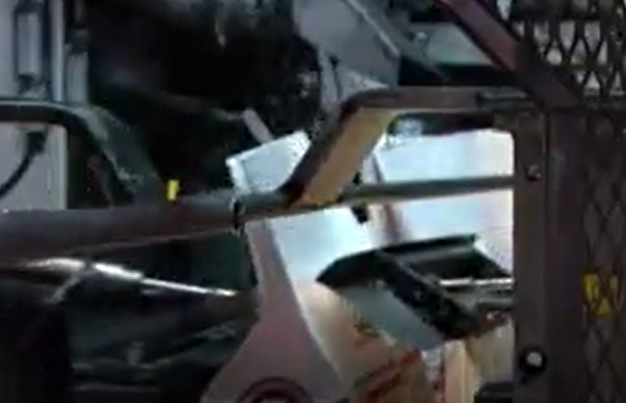
You have to admit, there are whole lot of barbeque tradition that goes into the grilling of charcoal briquettes. And who can resist the smoky flavor of charcoal-grilled food?
New Words
Scraps 碎片
lumber mill木材厂,锯木厂
bulldozer推土机
conveyer 传送带
searing 灼热的
anthracite coal无烟煤
lime ignite点燃
blend混合
worm screw蜗杆
spray 喷雾
shift code条码
